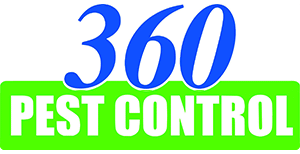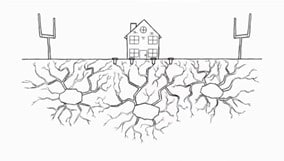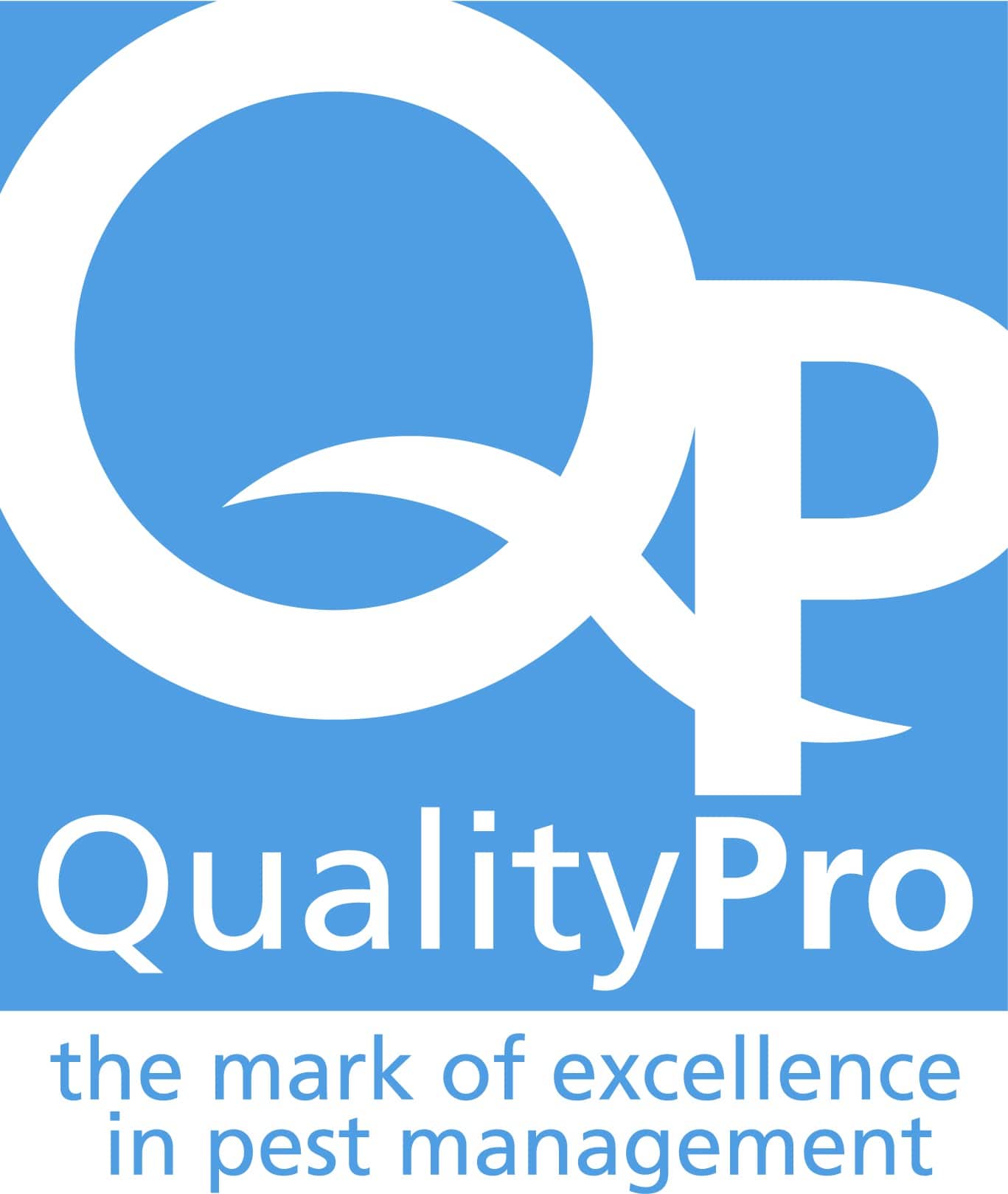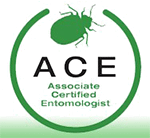Termite Prevention Plan
360PestControl excels in termite treatment and prevention. We are certified to provide all approved products including Sentricon®, Trelona®, Termidor®, BoraCare®, Timbor®, Termidor-Dry® and Termidor HP®.
Many companies can provide termite prevention services, but they are not all equal. Training, advanced knowledge, detection tooling and inspection are critical components to a termite prevention plan. We don’t want to assure you our warranty will take care of you when you get termite damage, we want to assure you we are doing everything possible to prevent damage.
We have three levels of protection for termite prevention…
– A real value offer –
360-Basic
Starting at $499*
Included: ()
- Trelona Bait System
- Termidor Interior Treatment
- Retreatment Guarantee
- Repairs Not Included
- Formosan Termite Treatment Not Included
- Drywood Termite Treatment Not Included
- Annual inspection w/renewal
– Our most popular plan –
360-Premiere
Starting at $699*
Included: ()
- Trelona Bait System
- Termidor Interior Treatment
- Retreatment Guarantee
- Repair Up To $150,000
- Formosan Termite Treatment Not Included
- Drywood Termite Treatment Not Included
- Annual inspection w/renewal
– Total protection –
360-Total-Protection
Starting at $899*
Included: ()
- Bait System
- Interior treatment
- Retreatment guarantee
- Repair Up To $250,000
- Includes Formosan Termite Treatment
- Includes Drywood Termite Treatment
- Annual inspection w/renewal
All bait systems will remain the property of 360PestControl. Upon termination of the agreement, customer agrees to provide access to remove all stations. Customer is paying for the installation only and is not purchasing the bait system.
- We will treat accessible slab and wall penetrations.
- Retreatment Only guarantee means if termites do infest the structure, 360PestControl will treat the termites at no extra cost. No structural guarantee is included.
- Repair costs include treatment and repair of structural damage. Prior damage is excluded. There are limitations to the structural warranty. See Terms and Conditions of the contract.
- If drywood termites do invade the structure, 360PestControl will treat the infestation at no charge. Prior damage is excluded.
- All plans require an annual renewal fee.
- Fees include initial installation (up to 200lf) and first year guarantee. All plans have an annual renewal fee.
Common indoor insects covered: Cockroach, indoor ants, silverfish, earwigs, indoor fly, indoor spider, fungus gnats, fruit fly, pantry pests and crickets.
New Construction
Florida law requires all new construction, including additions and pools to have a termite pre-treatment. Florida law allows either chemical treatment of footers/slabs, bait stations or borate wood treatment of the bottom two feet of framing in contact with the slab. In addition, all slab penetrations must be treated.
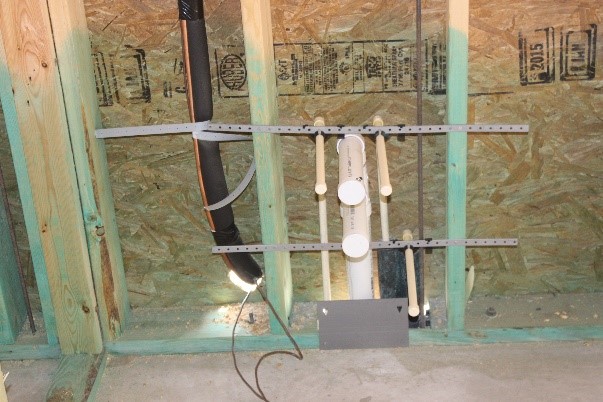
Borate Wood Treatment
Today, most new construction receives a borate wood treatment as it is the lowest cost treatment. The borate solution is sprayed onto the framing after it is installed. It is generally mixed with a green dye so the building inspector can “see it”. The borate is mixed with a glycol so it will penetrate the wood. Borates work well as a barrier for foraging termites. The success depends heavily on a proper application.
The Achilles Heel of this treatment method is not all parts of the wood are treated. The wood is treated after installation. If you look at the photo you can see the bottoms of the wall studs, sides of the boards and the backside of the stud in contact with the sheathing could not be treated. You can also see much of the wood has a lighter shade of green which may indicate the wood did not accept the chemical or it may have been missed during spraying.
This treatment passed building inspection but maybe it should not have. For this reason, we do not believe a topical borate treatment is adequate as a stand-alone prevention.
Liquid Pre-Treatment
An approved termiticide solution is sprayed at an approved label rate to the soil before footers or the slab is poured. All slab penetrations are also treated. The soils removed from the footer must also be treated after the footer is poured during backfilling/grading around the perimeter. Due to time, scheduling and cost, this method is rarely used in new construction today.
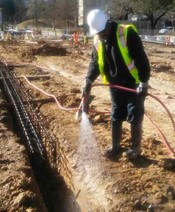
This is an effective barrier to termites, but the treatment has an effective life cycle. There are many termiticides approved for use in pre-treatment and frankly, some are better than others. Some approved chemicals may lose over half of their effectiveness in a few months.
The type and composition of soil, rainfall, drainage and termite pressure all affect the efficiency of the treatment. Sandy soils in semi-tropical or tropical climates will not have as long of a residual as drier climates or areas with dense soils. The chemical solution is diluted with rain and washed away.
Based on research studies, it appears the average life cycle of most termiticide soil treatments is about three years. Certainly, if your last treatment was over five years ago, you are gambling on a system that is probably no more than 10% effective.
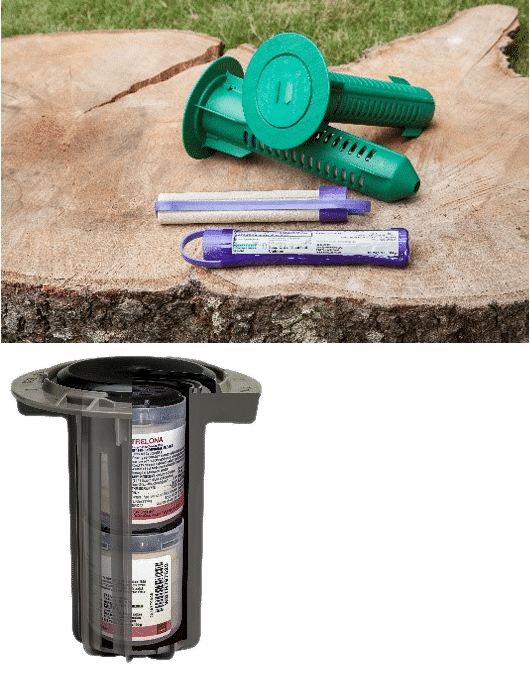
Bait Station Systems
The two primary bait stations systems on the Florida market are Sentricon® and Trelona®. Both systems have a proven track record both in independent research and customer satisfaction.
Bait systems are inserted into the soil (post-construction) around the perimeter of the structure. These stations contain wood impregnated with a termiticide. Sentricon contains noviflumeron (insect growth regulator) and Trelona contains novaluron (insect growth inhibitor). Both systems prevent the termites from molting or reproducing once they consume the termiticide. Termites are social insects, so they pass the termiticide along to all members of the colony resulting in colony elimination in 30-120 days.
The stations are placed between 10 – 15 feet apart around the perimeter. Both systems require an annual inspection.
360PestControl offers:
Trelona® Termite Bait System by BASF
Sentricon® Always Active by Dow Agriscience

Post-construction Treatment
Trench and Treat
A small trench, typically about 4″ wide x 6″ deep is dug around the perimeter of the structure. A liquid termiticide solution is poured/sprayed in the trench at an approved label rate. Concrete drives, porches and patios are drilled at 12″ intervals to allow the termiticide to be foamed/sprayed into the soil where trenches cannot be dug.
Pros:
- This method provides a full perimeter protection zone against invading termites.
Cons:
- More expensive than bait systems.
- May damage landscape plants by disturbing their roots.
- May damage buried wiring or piping.
- Leaves ½” drill marks in your concrete.
- Requires updating in five years with Termidor®. Competing termiticides should be updated in three years.
360PestControl only uses Termidor® by BASF
Independent research has proven Termidor® outlasts competing products by a wide margin
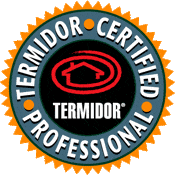
Soil Injection
The Termidor® HP High Precision Injection System eliminates trenching and rodding. Termidor® is hydraulically injected into the soil under a precise, computer controlled, solution. With Termidor® HP you will know you have a precise chemical application.

Since no trenching or rodding is required, there is minimal disruption to landscaping or plants and no worries about damaging wiring or piping buried in the ground.
Pros:
- Minimal disruption to landscaping.
- The most accurate chemical formulation as the computer eliminates human error.
- You will receive the highest rated termiticide on the market – Termidor®.
Cons:
- More expensive than bait systems.
- Requires updating in five years.
360PestControl promotes the Termidor® HP system
Bait Systems
Bait systems are inserted into the soil (post-construction) around the perimeter of the structure. These stations contain wood impregnated with a termiticide. Sentricon® contains noviflumeron (insect growth regulator) and Trelona® contains novaluron (insect growth inhibitor). Both systems prevent the termites from molting or reproducing once they consume the termiticide. Termites are social insects, so they pass the termiticide along to all members of the colony resulting in colony elimination in 30-120 days.
Pros:
- Affordable protection. Less expensive than trenching or injection.
- Never requires updating of treatment. Stations are permanent.
Cons:
- There are some gaps in the perimeter so termites may reach the structure before finding the baited stations. Studies have shown this should not be a significant concern.
- Stations can be dug from the ground by dogs or other animals. There is no danger to your pet.
360PestControl offers:
Trelona® Termite Bait System by BASF
Sentricon® Always Active by Dow Agriscience
Monitoring Stations
Monitoring stations contain an attractant without a termiticide. Some contain a compressed wood block while some contain a paper matrix. Florida requires most monitoring stations to be inspected every 90 days. If termites are found in the station, the servicing company can add a termiticide bait cartridge to the station to kill the colony. Monitoring systems are economically feasible if used in conjunction with a monthly/quarterly pest control contract.
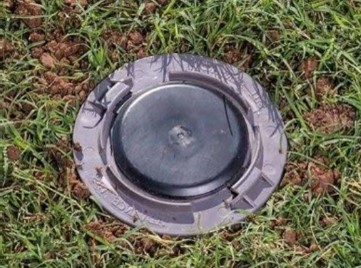
Since no trenching or rodding is required, there is minimal disruption to landscaping or plants and no worries about damaging wiring or piping buried in the ground.
Pros:
- Initial cost is less expensive than an active bait system.
Cons:
- Must be inspected every 90 days rather than annually.
- Should not be used in an area with high termite pressure.
360PestControl promotes the Advance Termite Monitoring System by BASF. The Advance System is available to our contracted pest control customers only.
Combination Systems
Structures in high pressure areas are best served by combining treatment systems. Liquid treatments, either by perimeter trenching or soil injection combined with an Active Bait System and a quality annual inspection will provide the highest level of treatment possible.
Some areas of Florida have a high infestation of Formosan Subterranean termites or hybrid termites. Property owners in these areas may want to consider tree treatment as well.
If you are unsure if your home or office is located in a high-pressure termite area, call us.
Structurally Infesting Termites in Florida
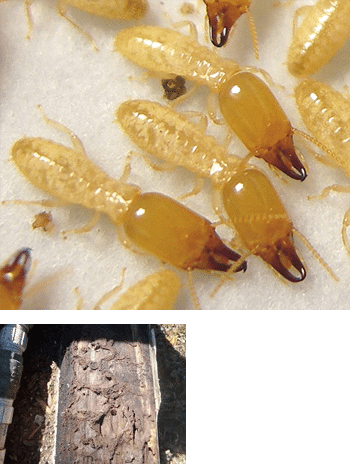
Eastern subterranean termites
The eastern subterranean termite is found throughout Florida. This termite nests in the soil. Common signs of an infestation include shelter/mud tubes, blistered paint on baseboards or door trim and frass.
Left untreated, these termites can cause major structural damage.
Bait systems are an effective prevention program against the Eastern subterranean termite.
Formosan subterranean termites
This map shows known locations of Formosan subterranean termites in Florida. Formosan termites build aerial nests in walls/ceilings/attics in addition to their underground nests.
Formosan termites are highly destructive and multiply much faster than the native Eastern subterranean termite after the third year.
The map is dated, and Formosan termites are well established in most parts of Florida now.
Formosans are often found in trees and elimination of the colonies may require treatment of the trees.
Bait systems are an effective prevention program against Formosan subterranean termites however, once infested, eradication of the aerial nests will also be required.
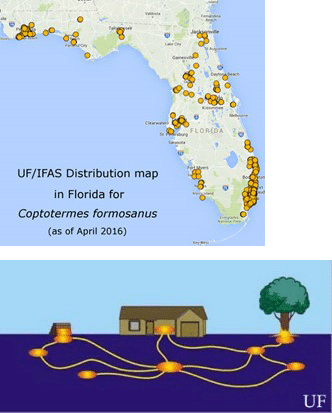
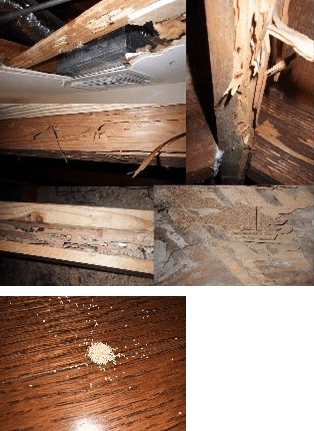
Drywood Termites
Drywood termites live in the wood. They do not have underground nests. They require little moisture. Drywood termites are harder to detect than subterranean and careful inspection is needed to find evidence of their presence in the early years of infestation. Often, all we find in the early years are kick-out holes and pellets found on floors.
Drywood termites infest structural framing and are most often found in roof trusses, along soffits, eaves and rafter tails (where access is limited).
Drywood colonies are much smaller than subterranean termites and it takes many years for structural damage to occur. The best prevention against drywood termites is a quality inspection every 2-3 years and/or a borate wood treatment of all exposed framing.
Once found, drywood termites can often be spot treated provided the infestation is not spread throughout the structure. Multiple locations or colonies often require fumigation.
Termite Control Plans
If your home or office has an active infestation of subterranean or drywood termites, 360PestControl can eliminate the colony.
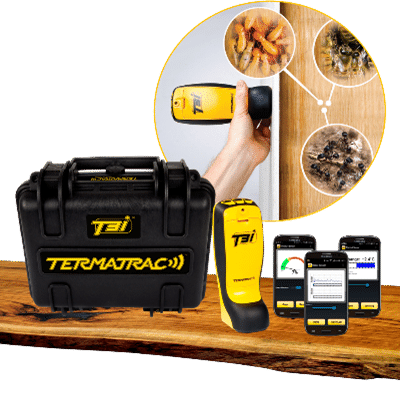
- Using the patented TermaTrac® with radar, moisture and thermal sensing, we can locate the foraging worker termites. Pinpointing the location will potentially save time, disruption, frustration and money.
- 360PestControl will design a treatment plan which may incorporate liquid, foam, dust/granule, aboveground and underground baits.
- We will monitor the treatment process and verify all termites are dead and provide you with a treatment guarantee against future infestation.
Foraging termites do not always leave visual clues to their location. That is why most termite service companies recommend whole structure fumigation – they don’t know where the termites are! If we can identify where the termites are, we can design a treatment plan to eradicate them without expensive and disruptive fumigation and you or your tenants/staff will not have to vacate the property during treatment.
Fumigation typically requires you to vacate the premises for 2-4 days, but it can be much longer. Aside from the cost of the fumigation, you will have temporary lodging and food expenses. If you have to shut down or relocate a business, the costs can easily exceed the cost of the fumigation.
Termites are social insects. To eradicate them, we simply need to expose the workers to the termiticide, and they will carry it back to the colony where it will be transferred to the population. In a short time, we can eliminate the colony.
There are infestations where fumigation is the best choice and should we find that in your structure, we will advise accordingly. The only way you will know for sure is to have us inspect the structure. At the very least, you will know you made the best decision in the end.
